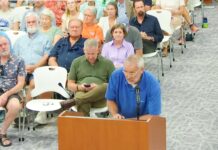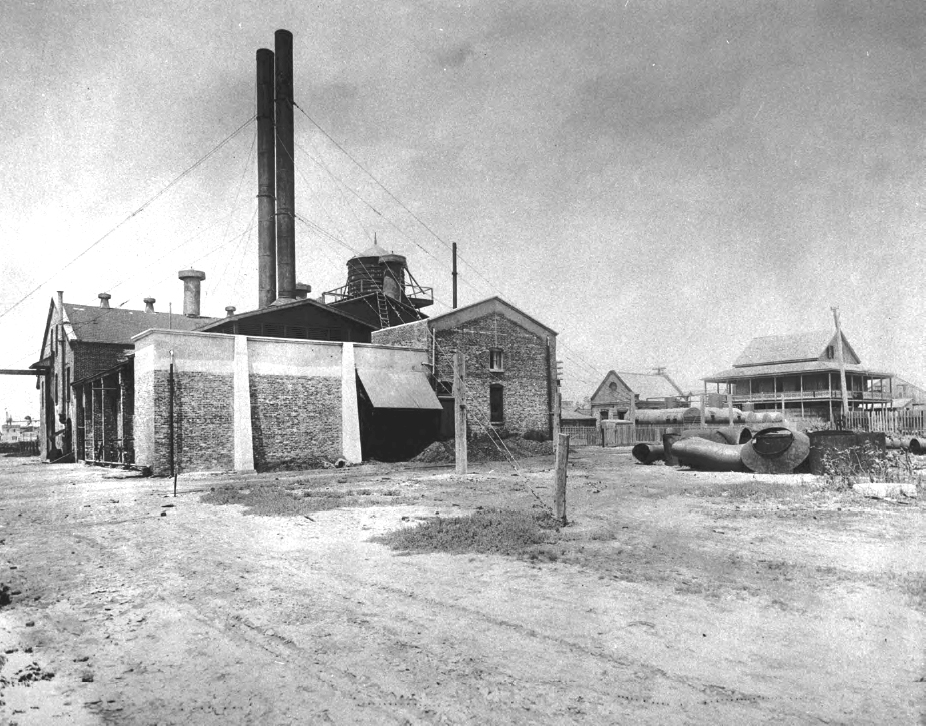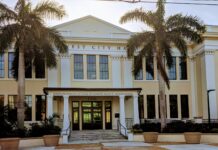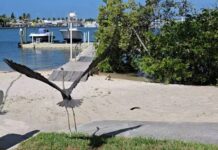Should they stay or should they go? It’s a complicated question for city staffers and Historic Architectural Review Commission officials, who met on Feb. 12 at Old City Hall to discuss the viability and safety of the five structures of the Keys Energy Services diesel plant between Geraldine and Angela in Bahama Village. The meeting, run by Ron Wampler, the city’s chief building officer, was a roundtable discussion, prompted after Commissioner Margaret Romero asked Assistant City Manager Greg Veliz at the Feb. 6 commission meeting whether the buildings were slated to be demolished. Veliz replied that the determination would be made by Wampler without going to HARC first, inciting some community uproar.
The city acquired the buildings officially in November 2017, but had surveyed and assessed the property in August 2016. There may be public assumption that the city has allowed the buildings to deteriorate, but its ownership has only been in the past three months. Also, according to Wampler, the meeting on Monday was to assess what will be required “to address the posted ‘unsafe’ structures.” He will be composing those requirements from the result of the meeting this week and has not made any recommendations or decisions concerning the buildings yet. In other words, everything is still on the table.
Working from the 2016 report, Jim Bouquet, city engineer, said he stands with his assessment that “Building 1 is most likely to remain, Building 2 is a questionable but key structure, and Building 3 and 4 are in the worst condition.” Each building is in a different state of disrepair for damaged roofing, sheathing, repointing of bricks, and excessive corrosion of existing steel column bases. The city’s concern is safety: if the buildings present any life-threatening issue, that would determine demolition. “These buildings may not survive a major wind event,” said Bouquet. “Remember, Irma was not a major wind event.”
Enid Torregrosa, the city historic planner, spoke passionately in favor of saving the buildings, the first to generate power in the South, and pointed out that in the 2016 survey there was no recommendation to demolish buildings. Torregrosa went as far to question why emergency permits were not obtained post-Irma to immediately start repair. She feels confident the buildings are stable enough and has faith in the determination of the chief building officer.
“Life safety trumps everything,” said HARC board member Bert Bender, who never met a historic building he didn’t want to save. He agreed that if the deterioration was bad enough he trusts the city to make good decisions. “I have worked with these guys and the city staff has no secrets and the utmost integrity. And we can’t say this is a money issue because that doesn’t play into their decision, but the city should not be circumventing HARC guidelines either.” Bender, who hasn’t been in the buildings for two years, would like the opportunity to reassess them before a determination is made.






















